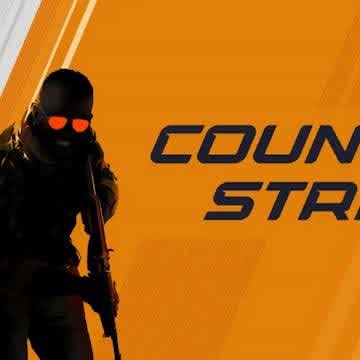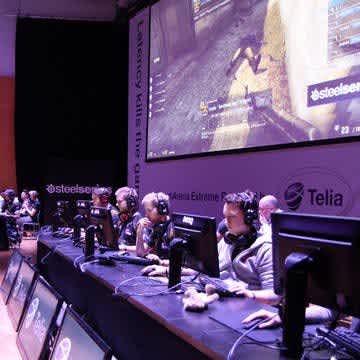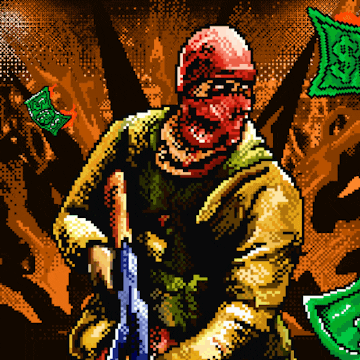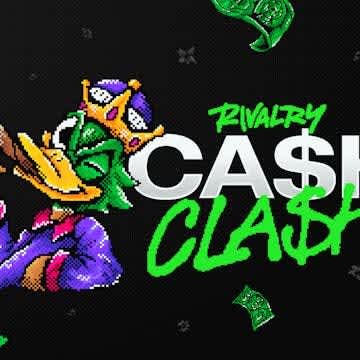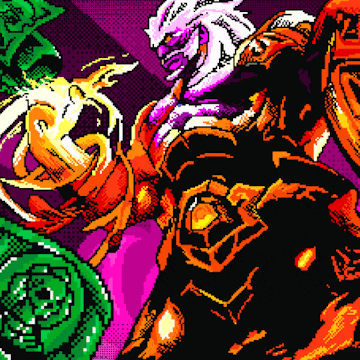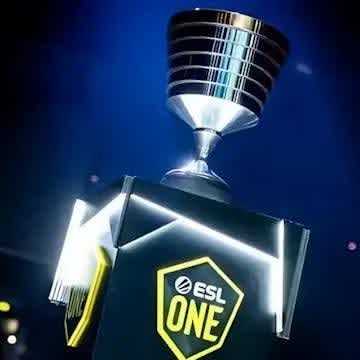Give CS2 time: Valve have shown that they can get it right
It seems like some of us are playing tick-tac-toe instead of the CS2 beta, with all the discussion about FACEIT servers and nade lineups and console commands and tiny specificities. Mind you, the game hasn’t even been released yet, and if there’s one company we can rely on to get the details right, it’s Valve. Just because we’re playing a super-polished beta doesn’t mean there’s still a lot of room for change.
Perhaps it’s a testament to just how good the CS2 beta is that the complaints levied on social media are so granular and technical that they resemble discussions of years-old, mature titles. It’s as if we have forgotten that the game’s official rollout is still ahead of us. (Then again, the devs did promise a summer 2023 release, so those forgetting to account for Valve Time in their celestial calculations may mistakenly believe that we’re already playing the real thing.)
These days, 1.0 doesn’t quite mean what it used to – but this is about as clean and oven-ready as AAA game releases get nowadays. (Seriously, have you seen the infestation of bugs in Starfield and Baldur’s Gate 3? Even Armored Core 6 required a day one patch.) Even as-is, CS2 is a triumphant generational leap, a massive technological upgrade, a clear and tangible result of many years of hard work. This is not guaranteed, not even when it comes to Counter-Strike.
Indeed, it’s worth recalling just how botched CS:GO’s initial rollout was and how it wasn’t even Valve’s doing in the first place: originally, the console launch of Global Offensive was offloaded to a company called Hidden Path Entertainment, who were also going to be responsible for the PC version of the new entry in the series, but the rollout was so poorly received that the men from Bellevue had to step in and patch things up.
In fact, there was no guarantee at all that CS:GO would reunite the player base that’s been split into two between 1.6 and Source, and some have even speculated that it would only lead to further fracturing (which is, incidentally, something else the franchise has survived over the course of its two-decade lifespan). It took a significant slate of patches and changes (not to mention a certain Arms Deal update that changed the course of history, for better or for worse) to make Global Offensive the premiere title in the series.
This was a runaway success, so much so that the number of players and the volume of CS:GO matches kept on rising and rising even as the majority of the development team shifted its resources to the sequel.
If we compare the release trajectory of Global Offensive and 2, the latter is already way ahead of schedule. The product is much more polished, there are heaps of data available, the beta is widely available (sorry if you don’t yet have an invite), and the potential audience is larger than ever.
So give all those little niggles time. From the competitive perspective, there’s a reason why the first CS2 Major is so far away – it gives a lot of time to work things out. In fact, DreamHack Winter 2013 took place fifteen months after the game’s original release on August 21, 2012. Compared to this, the mid-March 2024 window for the PGL Copenhagen Major is nothing. Clearly, that’s the date where Valve truly expect the game to be fully competitively viable. (And, again, how much more has come to GO after fnatic’s first crowning still!)
By the same token, I have a lot of faith in Premier. If Valve had no interest in increasing the relevance of their in-game matchmaking mode, they wouldn’t have put the time and effort into its revamp – since, clearly, the lack of it didn’t hold back CS:GO from racking up record after record in terms of playerbase. It’s also quite similar to the way they’ve made it relevant in Dota, with valuable experience to rely on when it comes to honing the system.
In conclusion, it’s clear that Valve have learned from their sole debacle in the form of Artifact. It itself was actually a quite good game (as many card game veterans like myself can attest), but their reliance on an external developer in the form of Richard Garfield and a super-insular beta-testing process played a big part in its rapid wilting under the limelight. It’s already obvious that CS2 won’t suffer the same fate – and if they overhauled Hidden Path’s trash pile into the game we know and love today, they are likely to do an even better job with its long-awaited sequel. Just give it time – until 1.0 at the minimum.

